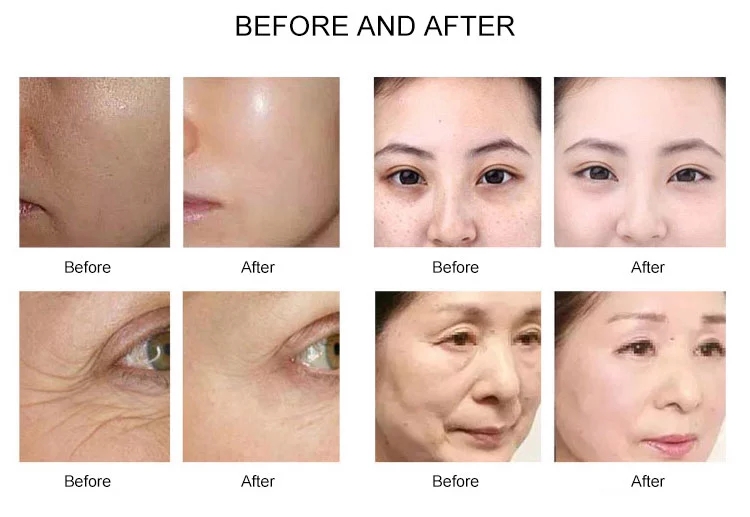OVERVIEW
Wrinkles, acne scars, enlarged pores and stretch marks can make people worry about the unevenness of their skin. Dermatologists have a variety of devices and medications to help improve these skin conditions – from lasers to chemical peels to microdermabrasion. Another minimally invasive option is microneedling, a non-surgical procedure performed in a dermatologist’s office.
While the thought of needles may make you wince, microneedling doesn’t hurt. Doctors usually apply a topical anesthetic cream beforehand to help anesthetize the treatment area. Aside from temporary redness and swelling after the treatment, there are virtually no side effects. Microneedling typically has a shorter recovery time than laser or chemical peels.Laser or chemical peels are also used to help restore and improve the texture of the skin’s surface.
What is Microneedling?
Microneedling, also known as transdermal collagen induction therapy, is performed with a hand-held, drum or pen-like device that is electrically powered and uses tiny needles to make precise, tiny punctures in the skin. These “micro-wounds” do not leave scars; they work by helping to stimulate the skin’s natural repair through a process called dermal remodeling.
This process begins with inflammation, which stimulates the skin to produce new collagen (the elastic fibers that make the skin firm, smooth and youthful). As we age, collagen levels in the skin decline and new collagen is produced when the skin is in repair mode.
To achieve the desired results, three to five treatments per month or every two weeks are recommended. Through a series of treatments, microneedling increases the elasticity of the skin fibers. Microneedling also helps the epidermis (the outermost layer of the skin), which naturally thins with age, to become thicker and tighter.
What conditions are treated with microneedling?
Microneedling is used to treat a variety of skin conditions such as acne scars, surgical scars, other scars, burns, enlarged pores, wrinkles and stretch marks. (This method is not as effective on deep, narrow “ice pick” acne scars as it is on wide acne scars.)
Microneedling does not deliver heat to the skin like lasers do. Therefore, people with melasma (dark patches on the skin) and hyperpigmentation (dark spots on the skin) can undergo microneedling without the risk of aggravating their hyperpigmentation problems. (Darker skin is susceptible to post-inflammatory hyperpigmentation changes.)
Microneedling is sometimes used to help topical skin treatments penetrate the skin more effectively. For example, microneedling is sometimes performed prior to minoxidil for the treatment of common hair loss (androgenetic alopecia, which affects both men and women).
What are the side effects of microneedling?
There are some temporary side effects to be aware of with microneedling. The procedure can cause short-term swelling, redness, and skin flaking that lasts for a few days. Most people can return to normal makeup within a day of treatment. The skin will be more sensitive to the sun after treatment, so sunscreen is also recommended.
Microneedling may aggravate active acne, so those with active inflammatory acne or oral herpes should not be treated with microneedling until the lesions clear. Those with a history of oral herpes may need to take oral antiviral medication for up to a week after the treatment, as the process may stimulate new cold sores.






